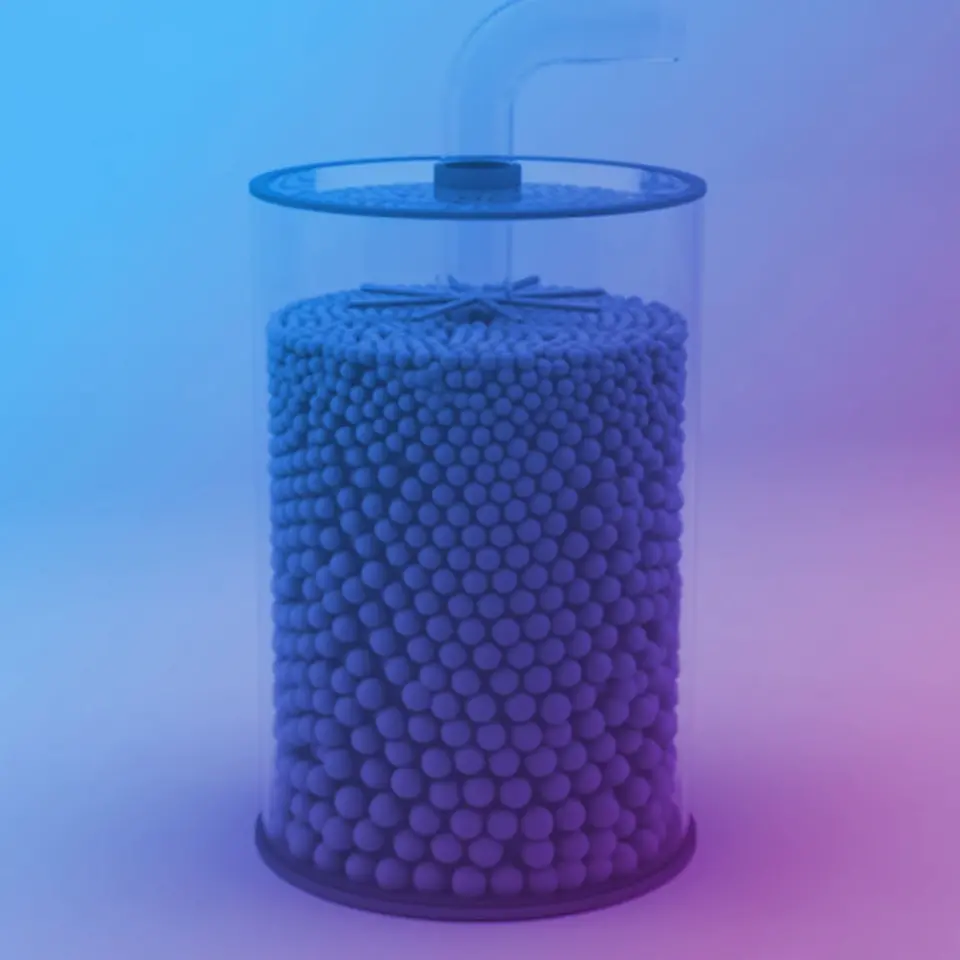Technology

Overview
PlasmaCap EBA, Evolve’s proprietary and patented technology for protein extraction, plays a key role in our developing portfolio.
Thousands of proteins are found within human blood plasma. Many of these proteins have therapeutic value in treating a range of diseases, including immune deficiencies, autoimmune and neurological disorders, and hemophilia.
For the past 80 years, these proteins were extracted through a process known as cold-ethanol fractionation, which uses acid, alcohol, and salts at cold temperatures to precipitate proteins into fractions. Conventional plasma proteins are purified by resolubilizing the precipitated fractions, which consist of many proteins in their non-native form.
PlasmaCap EBA was developed to capture these proteins from donor plasma in their native form with a higher degree of efficiency and selectivity. Our process begins by passing plasma through a series of chromatography columns, each arranged within a particular sequence.
Each column contains dense adsorbent beads developed from our proprietary technology. By design, the target proteins bind to the beads, enabling them to be extracted at a higher rate than legacy techniques.
The process takes place in expanded bed columns that are very different from those used in conventional methods. With more space between beads, plasma is able to move through the columns more quickly and easily, without clogging.
The fluidizer rotates gently as the plasma passes through, creating the optimal circumstances for protein binding. Unbound proteins continue to flow, retaining their structure so they can be captured later in the process.
Compared to legacy techniques, PlasmaCap EBA is designed to extract more valuable proteins from each liter of donor plasma. This ultimately opens the possibility of helping more people who need them—and doing it more efficiently.
Process Diagram
This illustration shows each step of the PlasmaCap EBA process.
PlasmaCap EBA was developed to capture these proteins from donor plasma with a higher degree of efficiency and precision than is achieved with legacy techniques.
01
02
03
04
05
Plasma-derived therapeutics

01
02
03
04
05
Plasma-derived therapeutics


